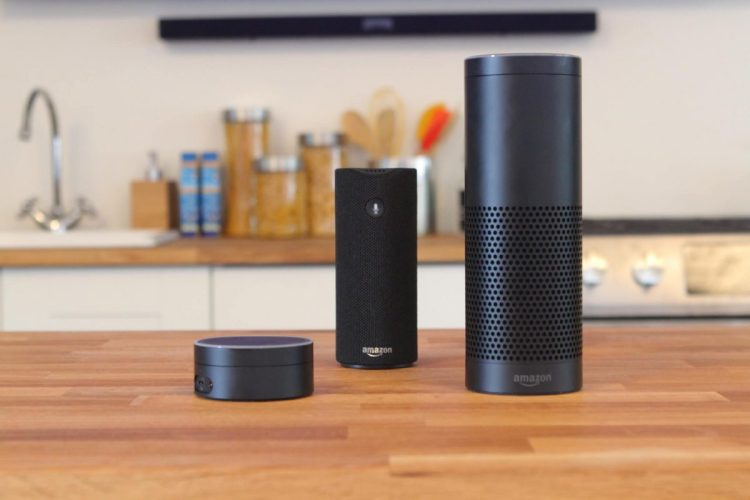Seemingly overnight, capable voice recognition joined forces with artificial intelligence and machine learning to push voice-enabled experiences to the forefront of business thinking. But before brands leap into the fray, they need to recognize where and when to invest in the new technology. For some, that means investing elsewhere, at least for now.
To see why, let’s start with the most common brand investment in voice these days: an Alexa skill. Some brands have received tremendous PR value out of them, and others have provided great customer experiences. But should you go there? The answer is yes — eventually. But before doing so, it’s worth considering the following:
- The iTunes store has a mind-boggling 2.2 million apps.
- The average user has only 73 of them on their phone.
- On average, consumers only use 23 of their apps monthly and just seven on a daily basis.
While branded apps are popular in some categories — fast food, for example — in many others they have proved a useful learning experience, and not much more.
Similarly, Amazon’s Alexa skills already number over 15,000 and will likely hit 100,000 in the next six to 12 months. But if you look at the apps for many leading brands — Domino’s Pizza, Uber, Lyft, and even Starbucks — you’ll find their reviews cluster around the top and bottom. For a few customers, they are magical; for others, they simply don’t work. As a result, brands are turning off the very users who are most likely to want their skill.
June 5th: The AI Audit in NYC
Join us next week in NYC to engage with top executive leaders, delving into strategies for auditing AI models to ensure fairness, optimal performance, and ethical compliance across diverse organizations. Secure your attendance for this exclusive invite-only event.
This, however, is not a sufficient reason to delay experimentation in voice (in fact, you could argue it shows the need to experiment and learn how to get it right). A more compelling reason to wait is that your skill is not the main place that your brand will show up in voice. That title today belongs to the Alexa shopping experience.
If you sell products online, you should realize Alexa is much more selective than Amazon.com. When a user does a voice search, they surface only the most closely matching Amazon’s Choice products. If your product isn’t on that list, no one will hear about it.
Amazon’s Choice doesn’t happen by accident. Its products are the best performers in their categories on Amazon.com, and their designation is primarily determined by price, availability, customer reviews, and sales velocity. And those things are often determined by how good your Amazon presence is.
As a result, if you want to play in voice, your best move is to invest in your ecommerce fundamentals. By improving your retail presence and performance, you’ll improve your performance in voice, without ever directly investing in the technology.
Put simply, a skill will never provide the ROI of an optimized Amazon presence.
Once that box is checked, you can start thinking about skills, apps, and other implementations of voice. The major strategy is to enter the space thoughtfully. It’s important to master the emerging sets of best practices so that you avoid consumer frustration. And it’s worth repeating that reviews of skills tend to cluster around the top and bottom of the spectrum. People love them or hate them. So if you can create a skill that works, that’s a big win.
We have plenty to learn about voice, and brands should create a strategy that leverages behavioral insights to learn how they can positively impact the consumer experience — but not before they’ve done their homework in other voice-affected areas. We have to get the foundation right first, and then move on to develop the next kick-ass, fully branded, voice-enabled egg timer, or whatever it is that will propel us forward.
Thomas Stelter is vice president of emerging solutions at POSSIBLE, a company that offers digital marketing perspective on ecommerce to help clients take their digital strategies to the next level.


